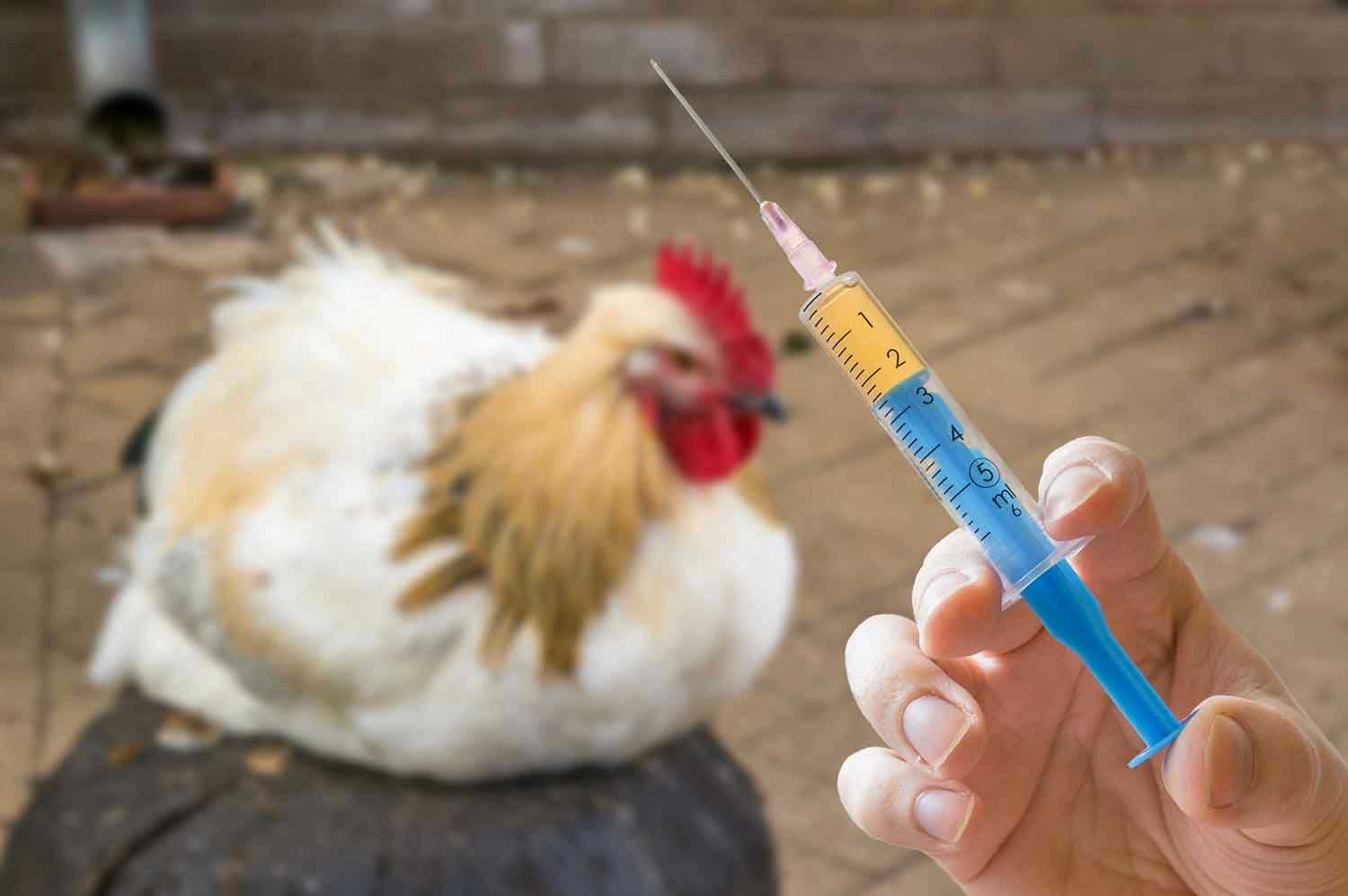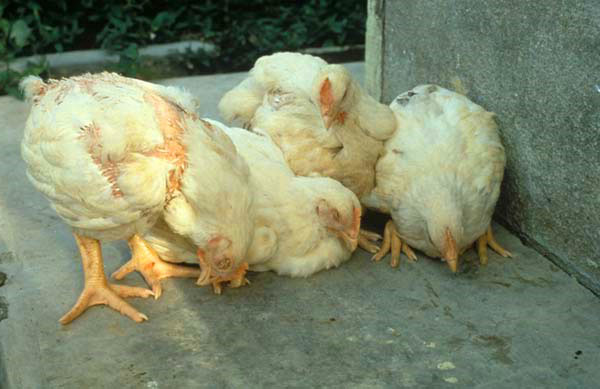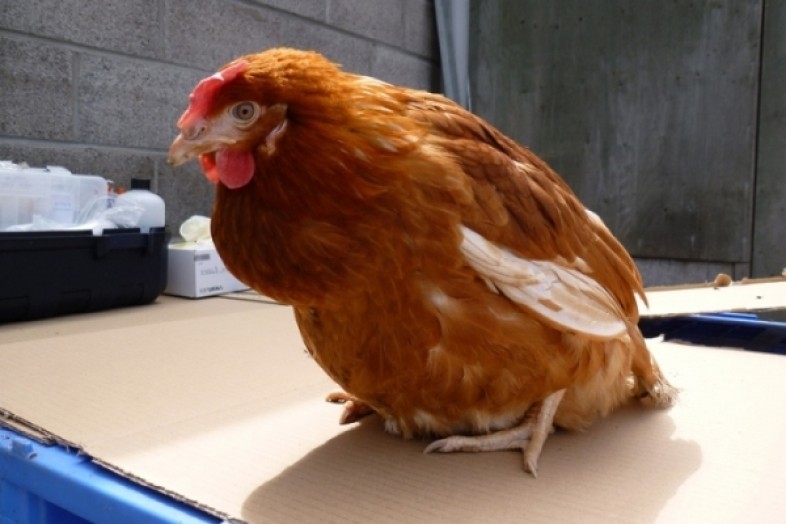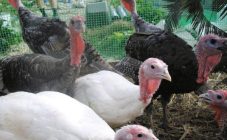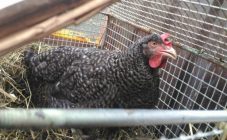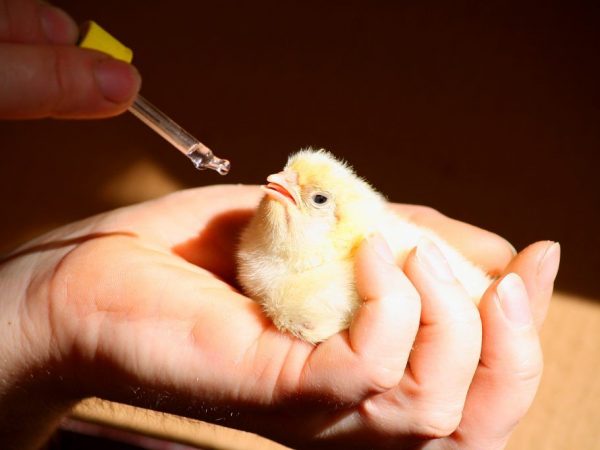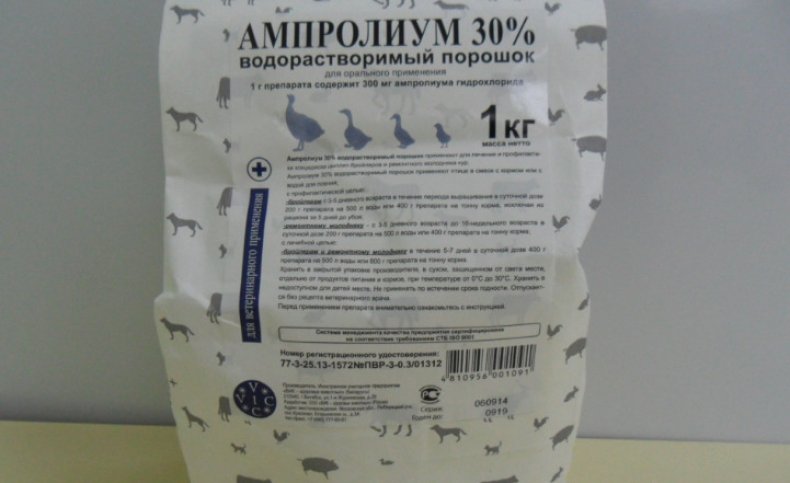When breeding birds, they sometimes encounter massive diseases with Marek's disease. In some situations, you can try to treat, however, in most cases, you will have to get rid of sick birds. What to do if this disease has struck a bird is described in this article.
Home care
If Marek's disease occurs in chickens, then it is almost impossible to recognize it in the early stages. However, as soon as symptoms appear, it makes sense to treat with Acyclovir, which in some cases can treat chickens. If the birds nevertheless develop paralysis or become blind, treatment will no longer help. In this case, the birds must be removed and destroyed.
The most effective way to control it is to vaccinate the chicks in the first days of their life. In addition, you need to keep the birds clean, feed them so that they use all the substances necessary for health.
Marek's disease symptoms
Marika's disease in chickens is viral. It was first identified by the Hungarian scientist Jozsef Marek in 1907. It was originally called chicken polyneuritis. The first massive outbreaks of the disease were recorded in 1949. Now this disease is common in Germany, USA, Britain.
There are several forms of the disease, here are the symptoms of Marek's disease in chickens:
- In the neural form, the nervous system of the bird is mainly affected. In this case, complete or partial paralysis is usually observed. This is accompanied by a decrease in activity. In such cases, it is sometimes possible to observe how the legs of chickens separate - this is due to the fact that they refuse.
- With the ocular form, the eyes are affected. This can lead to complete blindness. With the development of the disease, the iris of the eyes becomes discolored, it ceases to be round (sometimes it takes a pear-shaped form).
- The visceral variant of Marek's disease begins with inflammation of the follicles from which feathers grow in the bird. The virus gradually spreads throughout the body, accumulating in the lymph nodes. In this form of the disease, the liver and spleen of the bird are usually affected. Gradually, the bird's condition worsens more and more, it becomes lethargic.
Currently, it is customary to separately consider the acute and classical forms of the disease.
The first of them is characterized by the following features:
- The bird is losing weight greatly.
- There is a syndrome of shortness of breath.
- For sick individuals, movements become typical, in which a lack of coordination is manifested.
- In most cases, the bird is constantly lying on its side.
- If a chicken blood test is performed, it will be seen that the quality of hemoglobin has deteriorated, and the number of red blood cells is reduced. However, some indicators may be slightly higher than the norm. Here we are talking about monocytes, lymphocytes and pseudo-eosinophils.
As a result of the course of the acute form of the disease, it is often fatal.
In the classic form of the disease, Marek's disease, the symptoms are relatively weak. It is characterized by the following symptoms:
- Various lesions of the motor system, which are multiple in nature.
- Coordination disorders.
- The movements of the limbs look strange: at the same time, the legs rise sharply and gradually lower.
- There is partial paralysis of various parts of the body: limbs, neck, wings and tail.
- In sick hens, the sciatic nerve and the lumbosacral plexus are affected.
- The disease can cause the stop of the optic nerve, blindness.
- Sick birds suffer from lack of appetite. A situation is possible when they completely stop eating.
- The disease causes a change in the color of the iris and the shape of the pupil.
- With Marek's disease, egg production decreases. Sometimes it stops completely.
- Affected chickens are characterized by gastrointestinal and nervous disorders.
These symptoms may appear in part or to a small degree.
How to treat a disease
The disease is caused by a herpesvirus. It can be transmitted not only by airborne droplets, but also through poultry meat, droppings, bedding and various objects that are in the poultry house. The ability to transmit infection can last from several months to two years.
It is believed that there is no effective way to treat Marek's disease yet. The main means of control is the use of a vaccine. Moreover, when it is introduced, the chicken is infected with a weakened strain of the virus of this disease. The bird's body copes with this confidently, acquiring immunity from it until the end of its life.
Resistance to Marek's disease is not inherited. Therefore, every generation of birds must be vaccinated.
It must be remembered that this drug can affect the situation only if it is used in the early stages of chicken disease. If the bird becomes blind or paralyzed, Acyclovir will not be able to correct the situation. The medicine is used in a dosage of 200 milligrams, one tablet a day. This is done within two days. Then for five days they give half of such a pill. Sometimes medicine can help, but it does not guarantee a 100% result.
In order to diagnose the disease, they turn to specialists. They study dead birds and do various tests to make a diagnosis.
Preventive measures
In the treatment of broilers, Acyclovir has shown insufficient effectiveness. Therefore, the main method of prevention in these and other cases is vaccination. The chicken should receive it on the second day of life. Sometimes on days 10-20, vaccination is carried out again to enhance the therapeutic effect.
The usual biological protection measures will also be useful: regular cleaning and disinfection, proper nutrition, and others.
It is important to closely monitor the condition of the birds. The earlier the disease is detected, the less harm it can cause. Vaccinating chickens is the main way to prevent this disease.
